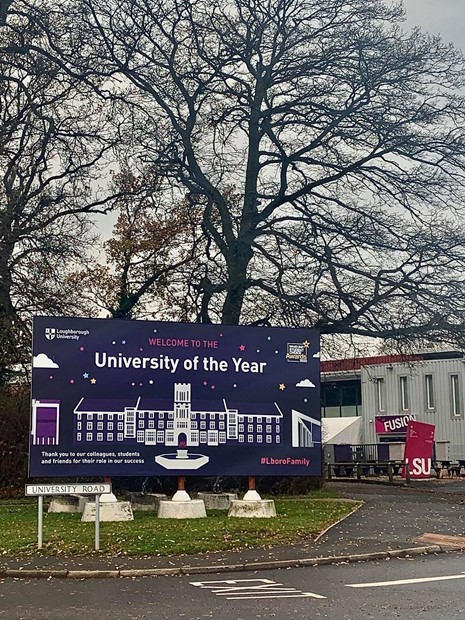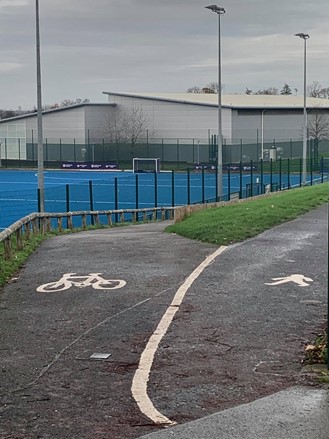Why do we need graphic design?
By Sofiia Suvorova
Hi all! My name is Sofiia and I’m a first year Visual Communication & Illustration student. I’m quite passionate about everything culture and graphics – related and enjoy broadening my knowledge in these areas. Recently, my course’s lectures and reading have contributed a lot into changing my views on Graphic Design, its professional perspectives and possibilities. After researching into the topic further, I came up with interesting conclusions that I’d like to share with you!
To understand Graphic Design deeper, I researched the phenomena of Communications itself, as visual communication is a subdivision, a form of it. So this feature talks about historical background of Visual Communication, highlights key events of its evolution, and underlines its importance in the modern world.
So, to start, lets define what Communication is. Communication is deeply rooted into humans’ nature. From Latin communicate, means “to share”. As social species, we stick to groups, exchange information, share our skills to survive. “Communication is the imparting or exchanging of information by speaking, writing, or using some other medium”( Oxford languages dictionary). Yes, to understand each other we gest, speak and write using a language . Words and images is what Graphic Design is about. Graphic Design is a merge of Illustration, Photography, Typography and Iconography and can also be a synonym to the term Visual Language.
To gain today’s form and meaning, Graphic Design came through many stages of development. Starting with the invention of writing and first cave drawings, ending with “The Digital Revolution” (Meggs, 1998). An American graphic designer, professor Phillip B. Meggs said: “Often new developments are shaped by technology”, which is evidently true. The key historical events that were focal points of Graphic Design’s evolution were the invention of Alphabets, birth of printing techniques, invention of photography and computer technologies.
Nowadays, we’re excessively surrounded by visuals. Graphics seems to have taken over the world. ( Silka P, 2016 ). Advertisements, logos, patterns etc are everywhere.
But why? What caused such an active progression? As mentioned above, the rapid growth of technology was a key influence on evolution of Graphics. The global digitalization made all information move to digital format. Books, movies, games, newspapers, banks, galleries, museums – all in your computer. Almost everything can be done remotely through the internet. Therefore, graphic images and typography are applied to give instructions, to advertise, to make something look appealing, to communicate a certain idea etc.
Graphic images carry a function of decoration. They add some identity to a place and enhance the beauty of it. Imagine a café without any images on its walls. It might feel empty and the general design of the café would seem unfinished.
Technology has increased the pace of life, so that time has become the primary value of a 21st century human being. Graphic Design makes the communications more effective by compressing and conceptualizing information. It saves our time and makes the world function effectively. For example, when you’re buying a book, a prompt gaze at a cover gives you an overall impression of it, and briefly introduces you to a narrative, so that you can make your decision quickly. A tube transportation map shows us where we are and where to go next to arrive at the point we need. Red colour informs us about danger or prohibition of something, or simply says that the door is locked.
Graphic Design also plays an important role in the urban design, or what we call architecture, landscape architecture, civil engineering and city planning. (Harland, 2015) Have you ever reflected on how you are oriented in an environment? Now, with all the urban upgrades we do it automatically, as we’re used to specific graphic signs that direct us through any known and unknown place. They have become an organic part of an urban landscape and we can’t imagine our life without them. If you’re on a vacation trip, or in any new place you’ve never previously been before, you automatically rely on direction signs, street titles and numbers. Imagine if one day all the graphic signs disappear. There’d be no indication of a place, no behavioural instructions, no transports schemes and timetables!
Can you see Loughborough University without its logotype? No purple hoodies, no AU form, no reusable cups, no Learn and library websites’ interfaces! Many things would lose their identity and power. The absence of graphic signs would cause much confusion and the surroundings would seem dull and faceless.

Wherever you look, you’ll see an advert, a packaging or a brand. Graphic design is everywhere, and according to what is said above, I dare to say that the 21st century human being wouldn’t survive without it.

References:
Robert George Harland (2015) Graphic objects and their contribution to the inage of the city, Journal of Urban Design.
[Accessed : 07/12/20]
Meggs, Phillip B. (1998). A History of Graphic Design. 3d ed. USA.
Widewalls, (2016) How Do We Define Visual Language?
[Accessed: 08/12/20 ]
Hey, I’m Sofiia Suvorova . As you’ve just found out, I’m an international student. My home town is Kiev which is the capital of Ukraine. It’s quite exotic being Ukrainian in the UK, so I’m used to being bombarded with questions about what Ukraine is like. In brief, it’s a beautiful country with a great human potential, but it’s having rough times now. It’s my second year living in England and I’m absolutely in love with this country. I study graphic design and illustration and am passionate about literature , psychology and philosophy, that helps me to inform my art. I also enjoy meeting new people and discover the diversity of their views and talents!
The Limit
The Limit showcases the creativity that exists within the student population, creating a sense of community.



